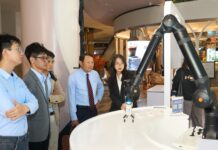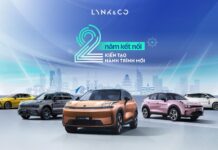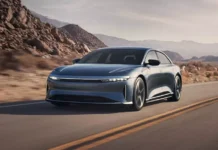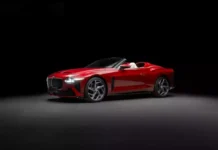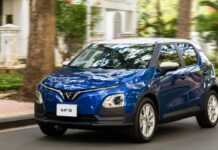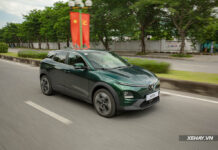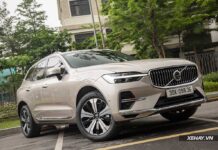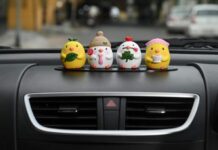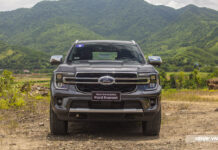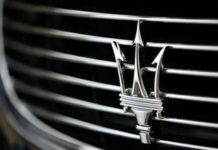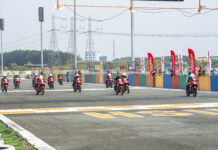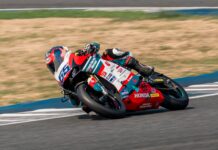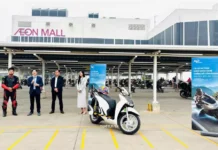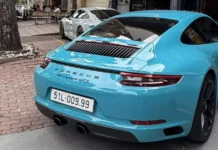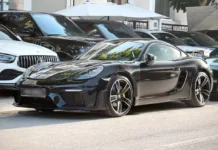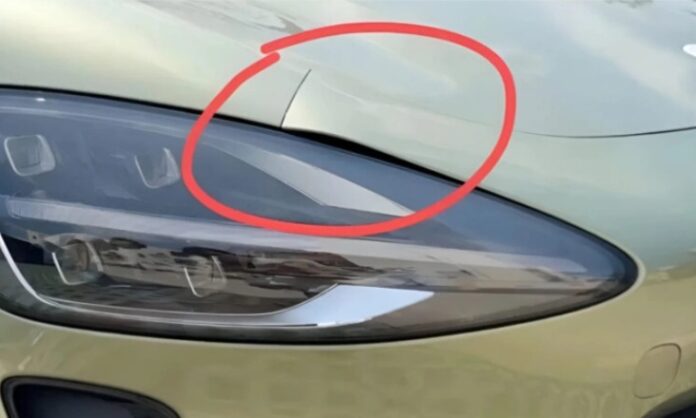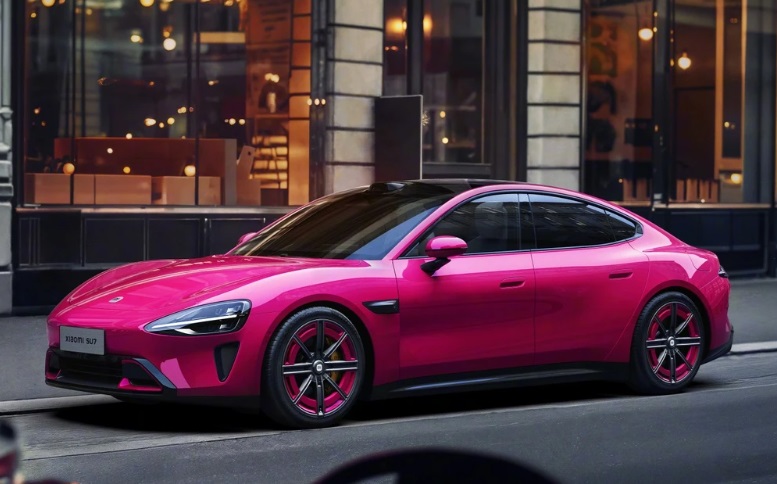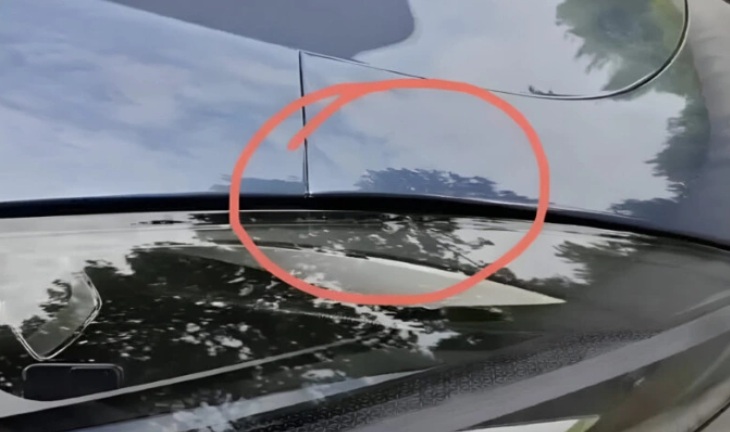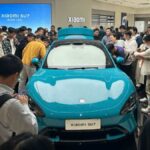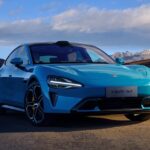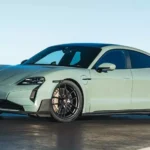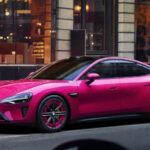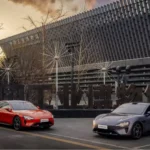Some owners of the Xiaomi SU7 have recently reported issues with warping trim pieces around the headlights, raising concerns about the build quality of the Chinese tech giant’s first electric vehicle.
Xiaomi has acknowledged that the issue primarily affects vehicles from the first production batch and could be attributed to various technical reasons. Specifically, the front bumpers of some Xiaomi SU7 cars lacked the necessary stiffness, leading to deformation under harsh environmental conditions. In addition, uneven assembly and material expansion due to temperature changes also contributed to the problem.
In one instance, an owner of the SU7 Max version reported that the headlight trim became warped after the car was repaired following a collision, suggesting potential limitations in the structural design. However, Xiaomi assured that the premium SU7 Ultra model is not affected, as it utilizes upgraded materials with better geometric stability.
In response to customer feedback, Xiaomi promptly offered a solution. The company launched a free repair program for affected vehicles. Most cases can be resolved within an hour at service centers. For eligible customers, Xiaomi even dispatches mobile technicians to their locations for on-site inspections and repairs, demonstrating their strong commitment to after-sales service.
Alongside technical remedies, Xiaomi also released safety guidelines for extreme weather conditions, advising owners not to park under trees during hail or storms and to always activate hazard lights and stop safely in dangerous situations. Customers seeking compensation for weather-related damage can file claims directly through the Xiaomi Auto app, linked to major insurance companies in China. The claim process is typically completed within minutes, enhancing the overall service experience and peace of mind for users.
Despite being a newcomer to the automotive industry, Xiaomi has already faced significant challenges. In the first few months of the year, the company encountered controversies ranging from performance limitations on the SU7 Ultra to decorative rather than functional air ducts on the hood. CEO Lei Jun described this period as “the most difficult time in the company’s 15-year history,” as Xiaomi makes a strategic bet on electric vehicles for future growth.
However, industry experts believe that the challenges faced by Xiaomi are inevitable for tech companies entering the automotive industry, which demands rigorous technical standards and product quality.
In reality, Xiaomi has been taking swift actions to enhance product quality. Material and design improvements have reportedly been incorporated into the production process to minimize the recurrence of similar issues in subsequent batches.
Despite market skepticism, most current SU7 owners remain positive and patient. On Weibo, one owner shared, “My neighbor’s 2014 Tesla Model S has worse body panel gaps. For me, the SU7 is still a great choice for the price.”
As of now, SU7 is Xiaomi’s first electric vehicle, marking a significant step in its strategy to expand into smart automobiles. The car is manufactured at Xiaomi’s high-tech factory in Yizhuang, Beijing, and received over 88,000 orders within just 24 days of its launch.
TH (Tuoitrethudo)
The Xiaomi SU7 Gets a Stunning New Variant: Blush Pink
Xiaomi has unveiled a special edition of its SU7 sedan to commemorate its 15th anniversary. This milestone release celebrates the company’s rich history and showcases its commitment to innovation and style. The special edition SU7 is an elegant tribute to Xiaomi’s journey, offering a unique driving experience infused with the brand’s signature technology and design aesthetics. With this release, Xiaomi underscores its evolution and reinforces its position as a leading force in the automotive industry.

